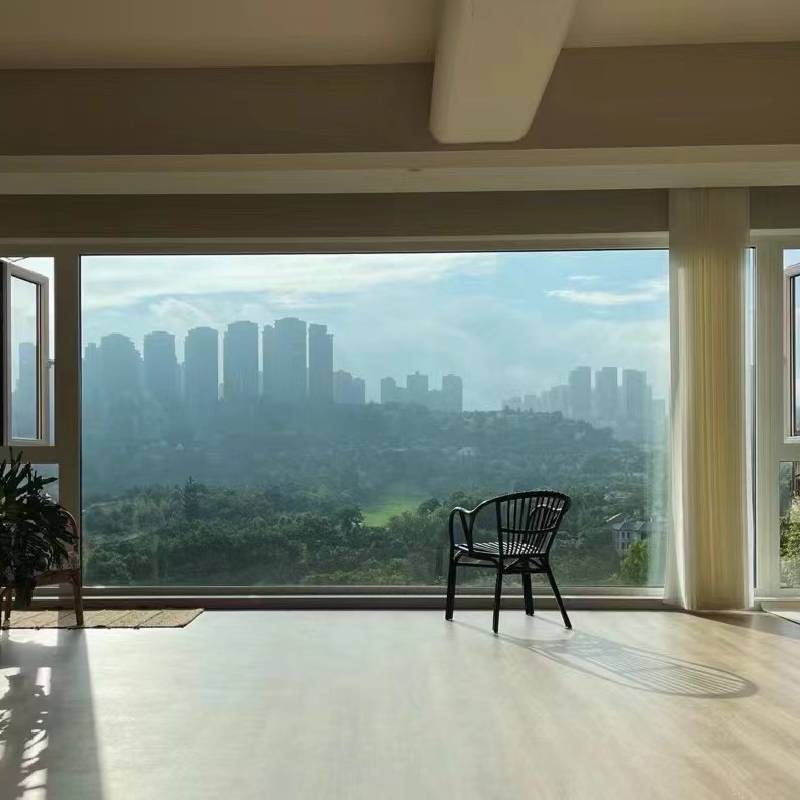

The Allure of Wave Pattern Glass A Fusion of Art and Function
Wave pattern glass has become a captivating trend in the world of interior design and architecture. With its fluid, organic lines resembling waves, this type of glass not only adds a visual interest to any space but also serves practical purposes. In this article, we'll explore the origins, applications, and benefits of wave pattern glass, delving into why it has become a staple in modern design.
Origins of Wave Pattern Glass
The concept of patterned glass is not a new one; it has been utilized for centuries in various forms. However, the wave pattern specifically draws inspiration from natural elements, reflecting the beauty of water and movement. This style gained popularity in the mid-20th century as architects and designers began to embrace organic shapes. The introduction of advanced glass manufacturing techniques allowed for intricate patterns to be created, enabling designers to push the boundaries of creativity.
As the world increasingly turns towards sustainability and natural aesthetics, wave pattern glass emerges as a perfect amalgamation of design and environmental consciousness. The trend resonates with the current movement towards biophilic design, which seeks to connect people with nature through natural forms and materials.
Applications in Modern Design
Wave pattern glass is versatile and can be applied in various settings, from residential homes to commercial spaces. In interior design, it is commonly used for shower doors, partition walls, and cabinet doors. The unique pattern not only provides a striking focal point but also enhances privacy while allowing light to diffuse softly into the space. This balance of opacity and translucence makes wave pattern glass an ideal choice for bathrooms and bedrooms.
In commercial architecture, wave pattern glass is utilized in façades and storefronts. The rippling surface creates a dynamic visual effect that captures attention while promoting transparency. When light filters through, it produces mesmerizing reflections and shadows, making the building come alive throughout different times of the day. This is particularly effective in retail environments where capturing the eye of the customer is paramount.

Moreover, wave pattern glass can be used in furniture design. Glass tables, lamps, and shelves featuring wave patterns offer a unique twist on traditional design, elevating the overall aesthetic of a room. This innovative use enhances the tactile experience, inviting people to engage with their surroundings more meaningfully.
Benefits of Wave Pattern Glass
One of the most significant advantages of wave pattern glass is its ability to enhance light diffusion. Unlike clear glass, which can create harsh glare, wave pattern glass softens the light, creating a warm and inviting atmosphere. This quality is particularly beneficial in spaces where comfort and relaxation are paramount, such as homes and wellness centers.
Additionally, the undulating surface of wave pattern glass can help to disguise fingerprints and smudges, making it a practical choice for high-traffic areas. It requires less maintenance compared to traditional clear glass, as the patterns can hide minor blemishes, creating an enduring aesthetic appeal.
Wave pattern glass also contributes to energy efficiency in buildings. By controlling the amount of natural light that enters a space, it can help reduce reliance on artificial lighting throughout the day. This not only lowers energy costs but also promotes a sustainable lifestyle, aligning with contemporary design philosophies that prioritize environmental responsibility.
Conclusion
Wave pattern glass is more than just a decorative element; it is a testament to the intersection of art, functionality, and nature. As we move towards a more natural and sustainable approach to design, wave pattern glass stands out as a perfect embodiment of these principles. Its versatile applications, coupled with its aesthetic and practical benefits, ensure that it will remain a beloved choice among designers and homeowners alike.
Whether used in residential spaces, commercial buildings, or furniture design, wave pattern glass continues to captivate and inspire. Its flowing designs speak to our intrinsic connection with the natural world, reminding us of the beauty that can be found in both art and function. As trends evolve, one thing remains clear wave pattern glass will continue to ride the waves of modern design for years to come.